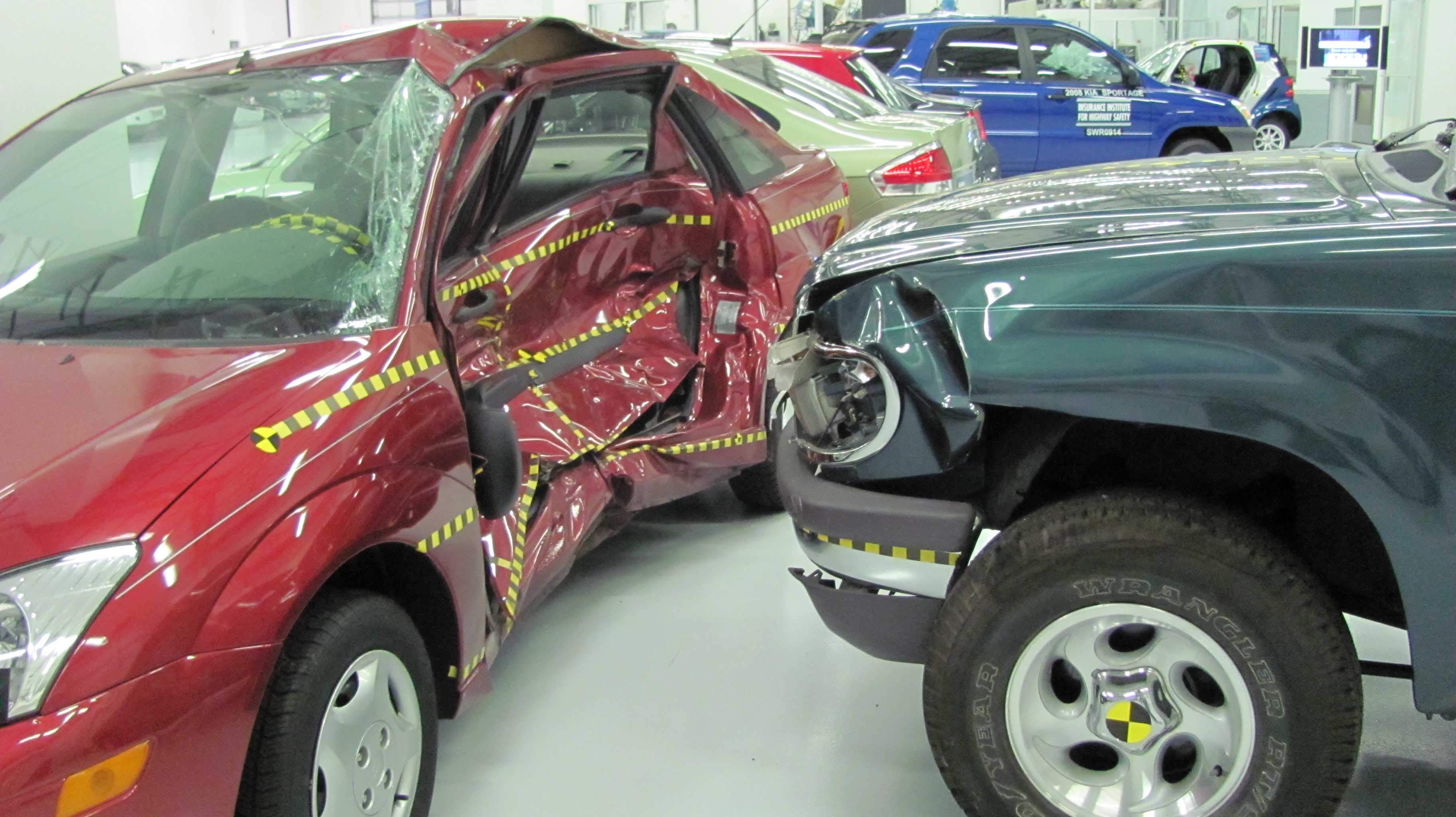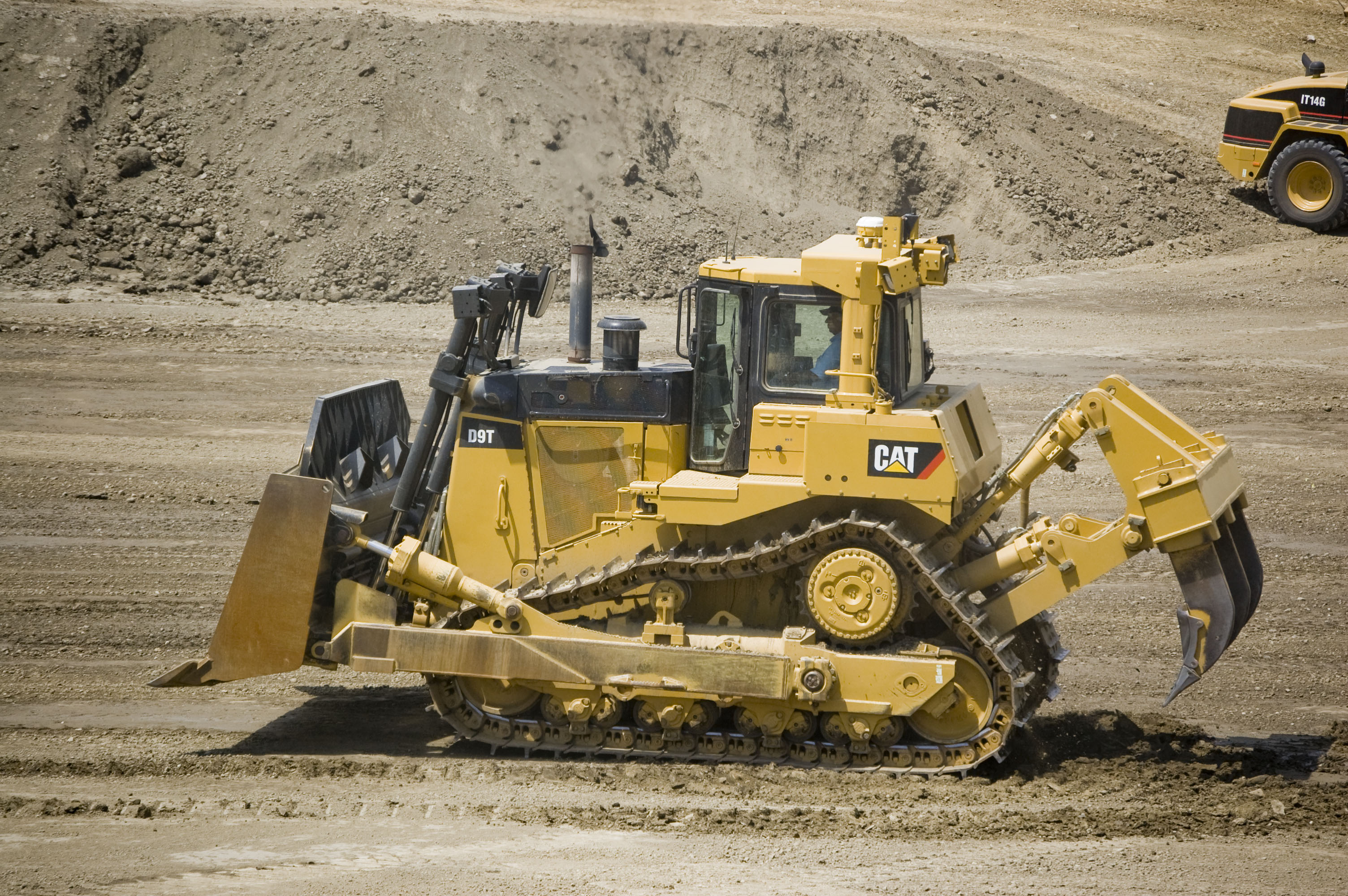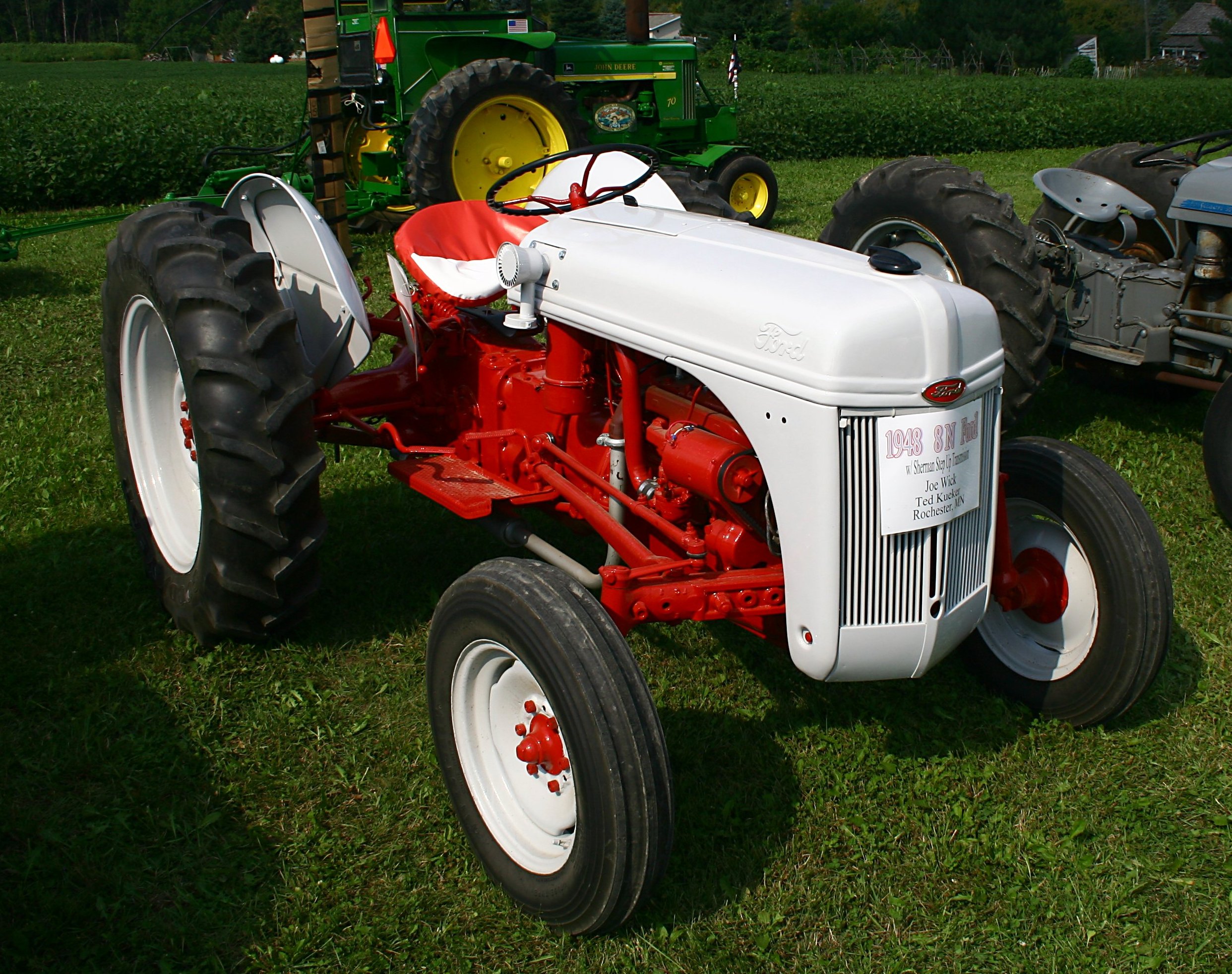|
Carryall
The term ''carryall'' refers to several types of vehicles, including: historical carriages, automobiles, sleighs, and tractors. Horse-drawn carriage Historically, a carryall was a type of carriage used in the United States in the 19th century. It is a light, four-wheeled vehicle, usually drawn by a single horse and with seats for four or more passengers. The word is derived by folk etymology from the French '' cariole''. Automobile The name carryall was later used for a panel truck with rear windows and folding rear seats, allowing for the transport of either passengers, cargo, or both. This sort of vehicle is an ancestor of today's sport utility vehicles. These vehicles were often converted by smaller coachbuilders as sales numbers were generally too small to justify tooling for series production. The Chevrolet Suburban SUV was once known as the ''Carryall Suburban''. Sleigh In Canada, the term "carryall" is often also used to refer to a type of sleigh. It is about 4 ... [...More Info...] [...Related Items...] OR: [Wikipedia] [Google] [Baidu] |
Chevrolet Suburban
The Chevrolet Suburban is a series of SUVs built by Chevrolet since the 1935 model year. The longest-used automobile nameplate in the world, the Chevrolet Suburban is currently in its twelfth generation, introduced for 2021. Beginning life as one of the first metal-bodied station wagons, the Suburban is the progenitor of the modern full-size SUV, combining a wagon-style body with the chassis and powertrain of a pickup truck. Alongside its Advance Design, Task Force, and C/K predecessors, the Chevrolet Silverado currently shares chassis and mechanical commonality with the Suburban and other trucks. Traditionally one of the most profitable vehicles sold by General Motors, the Suburban has been marketed through both Chevrolet and GMC for nearly its entire production. Along sharing the Suburban name with Chevrolet, GMC has used several nameplates for the model line; since 2000, the division has marketed it as the GMC Yukon XL, while since 2003 Cadillac has marketed the ... [...More Info...] [...Related Items...] OR: [Wikipedia] [Google] [Baidu] |
Project Carryall
Project Carryall was a 1963 United States Atomic Energy Commission (AEC) proposal to use nuclear explosives to excavate a path for Interstate 40 (I-40) and the Atchison, Topeka and Santa Fe Railway (AT&SF) through the Bristol Mountains of southern California. The project was proposed as a component of Project Plowshare, which sought ways to use nuclear devices in public works and industrial development projects. The nuclear excavation project advanced to planning in 1965, but the California Division of Highways withdrew from the project in 1966. The railroad proposal continued until 1970, after which it was quietly abandoned. The highway was constructed using conventional methods. Proposal In the early 1960s the AEC worked to publicize the Plowshare program for peaceful use of atomic devices. One of the first proposed projects was Project Chariot, which would have created a harbor in northwest Alaska with nuclear explosives. The idea caught the attention of the AT&SF, whose ro ... [...More Info...] [...Related Items...] OR: [Wikipedia] [Google] [Baidu] |
Project Plowshare
Project Plowshare was the overall United States program for the development of techniques to use nuclear explosives for peaceful construction purposes. The program was organized in June 1957 as part of the worldwide Atoms for Peace efforts. As part of the program, 35 nuclear warheads were detonated in 27 separate tests. A similar program was carried out in the Soviet Union under the name Nuclear Explosions for the National Economy, although the Soviet program consisted of 124 tests. Successful demonstrations of non-combat uses for nuclear explosives include rock blasting, stimulation of tight gas, chemical element manufacture, unlocking some of the mysteries of the R-process of stellar nucleosynthesis and probing the composition of the Earth's deep crust, creating reflection seismology vibroseis data which has helped geologists and follow-on mining company prospecting. The project's uncharacteristically large and atmospherically vented Sedan nuclear test also led geologi ... [...More Info...] [...Related Items...] OR: [Wikipedia] [Google] [Baidu] |
Sport Utility Vehicle
A sport utility vehicle (SUV) is a car classification that combines elements of road-going passenger cars with features from off-road vehicles, such as raised ground clearance and four-wheel drive. There is no commonly agreed-upon definition of an SUV, and usage of the term varies between countries. Thus, it is "a loose term that traditionally covers a broad range of vehicles with four-wheel drive." Some definitions claim that an SUV must be built on a light truck chassis; however, broader definitions consider any vehicle with off-road design features to be an SUV. A crossover SUV is often defined as an SUV built with a unibody construction (as with passenger cars); however, the designations are increasingly blurred because of the capabilities of the vehicles, the labelling by marketers, and the electrification of new models. The predecessors to SUVs date back to military and low-volume models from the late 1930s, and the four-wheel-drive station wagons and carryalls that b ... [...More Info...] [...Related Items...] OR: [Wikipedia] [Google] [Baidu] |
Panel Truck
A panel truck (also called a panel delivery or pickup truck-based van) in U.S. and Canadian usage is a small delivery truck with a fully enclosed body. It typically is high and has no rear windows in the rear cargo area. The term was first used in the early 1910s. Panel trucks were marketed for contracting, deliveries, and other businesses. Often described as a small van (based on the chassis of a truck or pickup truck) used mostly for delivery rounds, the British equivalent is a "delivery van." History Consumer demand from farmers and businesses for stripped-down Model T versions prompted Henry Ford to market vehicles that independent builders could supply cabs and cargo enclosures according to users' needs. During World War I the U.S. Army ordered 20,000 Dodge half-ton chassis sets for use as cargo trucks and ambulances that were then marketed after the war as the "Screenside Commercial Car"—a pickup with a roof and roll-up side covers or a fully enclosed cargo-bed. Chevro ... [...More Info...] [...Related Items...] OR: [Wikipedia] [Google] [Baidu] |
Cariole
A cariole (also spelled carriole) was a type of carriage used in the 18th and the 19th century. It was a light, small, two- or four-wheeled vehicle, open or covered, drawn by a single horse. The term is also used for a light covered cart or a dog-drawn toboggan. The name is French language, French, derived from the Latin language, Latin ''carrus'', vehicle. See also *Carryall *Carriage ReferencesThe Cariole. The New York Times, September 14, 1884. Carriages {{vehicle-stub ... [...More Info...] [...Related Items...] OR: [Wikipedia] [Google] [Baidu] |
Dune (franchise)
''Dune'' is an American science fiction media franchise that originated with the 1965 novel ''Dune (novel), Dune'' by Frank Herbert and has continued to add new publications. ''Dune'' is frequently described as the best-selling science fiction novel in history. It won the inaugural Nebula Award for Best Novel and the Hugo Award in 1966 and was later adapted into a Dune (1984 film), 1984 film, a Frank Herbert's Dune, 2000 television miniseries, and a two-part film series with the Dune (2021 film), first film in 2021 and a Dune: Part Two, sequel in 2024. Herbert wrote five sequels, the first two of which were adapted as a Frank Herbert's Children of Dune, 2003 miniseries. ''Dune'' has also inspired List of games based on Dune, tabletop games and a List of games based on Dune#Video games, series of video games. Since 2009, the names of planets from the ''Dune'' novels have been adopted for the real-world Planetary nomenclature, nomenclature of plains and other features on Saturn's mo ... [...More Info...] [...Related Items...] OR: [Wikipedia] [Google] [Baidu] |
Snowmobile
A snowmobile, also known as a snowmachine (chiefly Alaskan), motor sled (chiefly Canadian), motor sledge, skimobile, snow scooter, or simply a sled is a motorized vehicle designed for winter travel and recreation on snow. Their engines normally drive a continuous track at the rear, while skis at the front provide directional control. The earliest snowmobiles were powered by readily available industrial four-stroke, air-cooled engines. These would quickly be replaced by lighter and more powerful two-stroke gasoline internal combustion engines and since the mid-2000s four-stroke engines had re-entered the market. The challenges of cross-country transportation in the winter led to the invention of an all-terrain vehicle specifically designed for travel across deep snow where other vehicles foundered. , the snowmobile market has been shared between the four large North American makers (Bombardier Recreational Products (BRP), Arctic Cat, Yamaha, and Polaris) and some specialized m ... [...More Info...] [...Related Items...] OR: [Wikipedia] [Google] [Baidu] |
Carriages
A carriage is a two- or four-wheeled horse-drawn vehicle for passengers. In Europe they were a common mode of transport for the wealthy during the Roman Empire, and then again from around 1600 until they were replaced by the motor car around 1900. They were generally owned by the rich, but second-hand private carriages became common public transport, the equivalent of modern cars used as taxis. Carriage suspensions are by leather strapping or, on those made in recent centuries, steel springs. There are numerous names for different types. Two-wheeled carriages are usually owner-driven. Coaches are a special category within carriages. They are carriages with four corner posts and a fixed roof. Two-wheeled war chariots and transport vehicles such as four-wheeled wagons and two-wheeled carts were forerunners of carriages. In the 21st century, horse-drawn carriages are occasionally used for public parades by royalty and for traditional formal ceremonies. Simplified modern versio ... [...More Info...] [...Related Items...] OR: [Wikipedia] [Google] [Baidu] |
Bulldozer
A bulldozer or dozer (also called a crawler) is a large tractor equipped with a metal #Blade, blade at the front for pushing material (soil, sand, snow, rubble, or rock) during construction work. It travels most commonly on continuous tracks, though specialized models riding on large Heavy equipment#Traction: Off-the-road tires and tracks, off-road tires are also produced. Its most popular accessory is a #Ripper, ripper, a large hook-like device mounted singly or in multiples in the rear to loosen dense materials. Bulldozers are used heavily in large and small scale construction, road building, mining and quarrying, on farms, in heavy industry factories, and in military applications in both peace and wartime. The word "bulldozer" refers only to a motorized unit fitted with a blade designed for pushing. The word is sometimes used inaccurately for other heavy equipment such as the generally similar Loader (equipment), front-end loader designed for carrying material rather than ... [...More Info...] [...Related Items...] OR: [Wikipedia] [Google] [Baidu] |
Tractor
A tractor is an engineering vehicle specifically designed to deliver a high tractive effort (or torque) at slow speeds, for the purposes of hauling a Trailer (vehicle), trailer or machinery such as that used in agriculture, mining or construction. Most commonly, the term is used to describe a farm vehicle that provides the power and traction to mechanization, mechanize agricultural tasks, especially (and originally) tillage, and now many more. List of agricultural machinery, Agricultural implements may be towed behind or mounted on the tractor, and the tractor may also provide a source of power if the implement is mechanised. Etymology The word ''tractor'' was taken from Latin, being the Agent (grammar), agent noun of ''trahere'' "to pull". The first recorded use of the word meaning "an engine or vehicle for pulling wagons or plows" occurred in 1896, from the earlier term "traction engine, traction motor" (1859). National variations In the United Kingdom, UK, Republic of ... [...More Info...] [...Related Items...] OR: [Wikipedia] [Google] [Baidu] |






